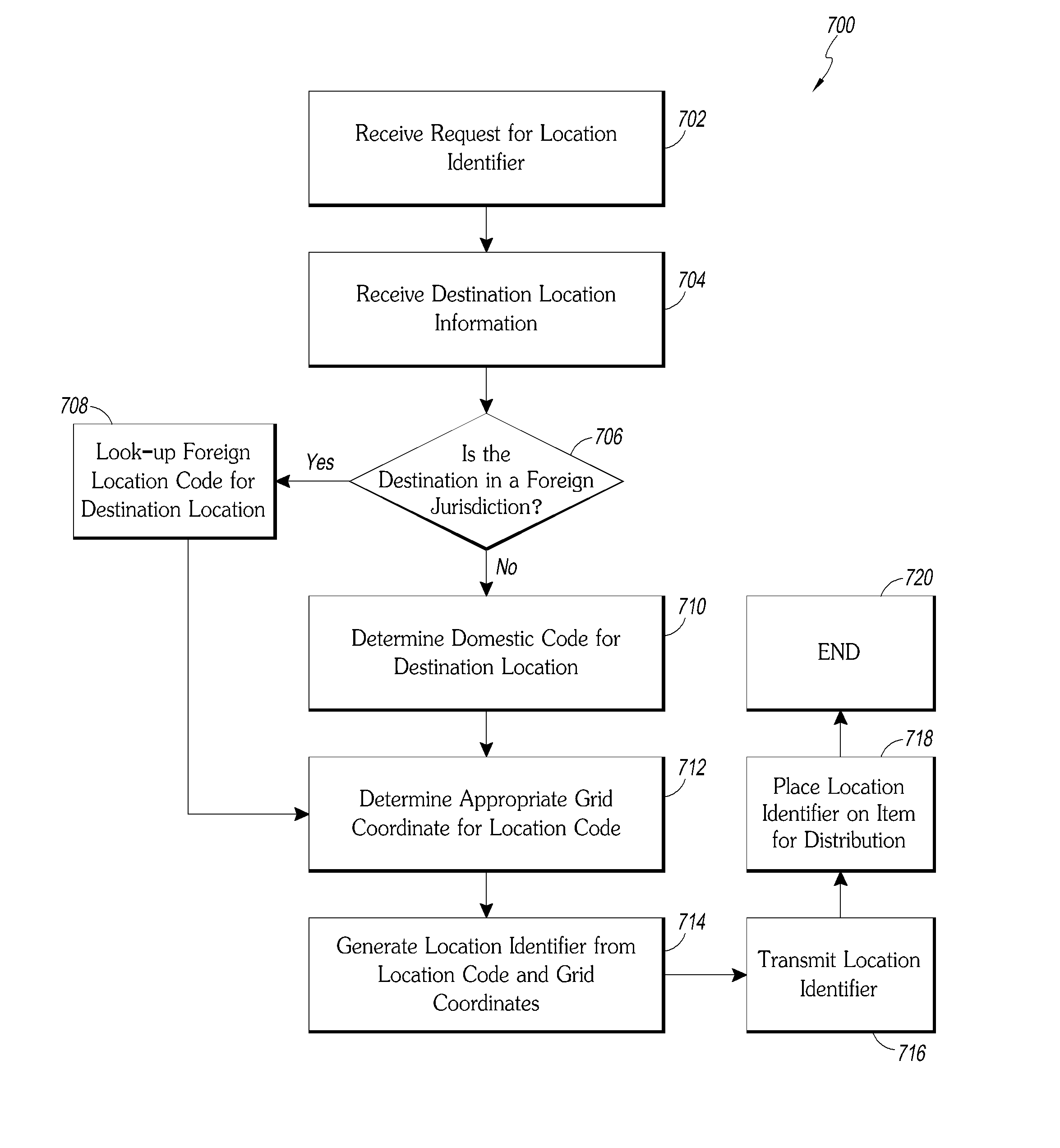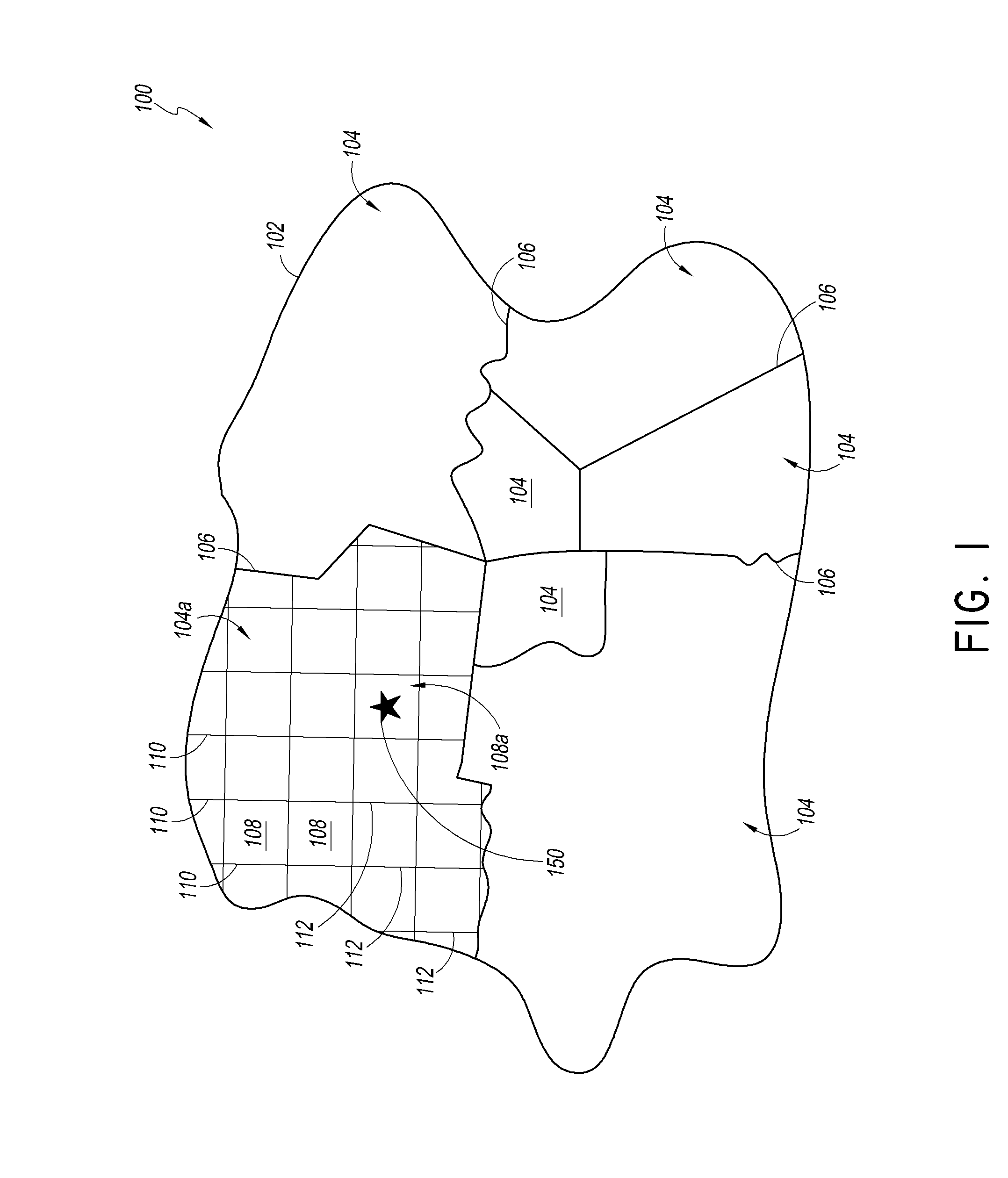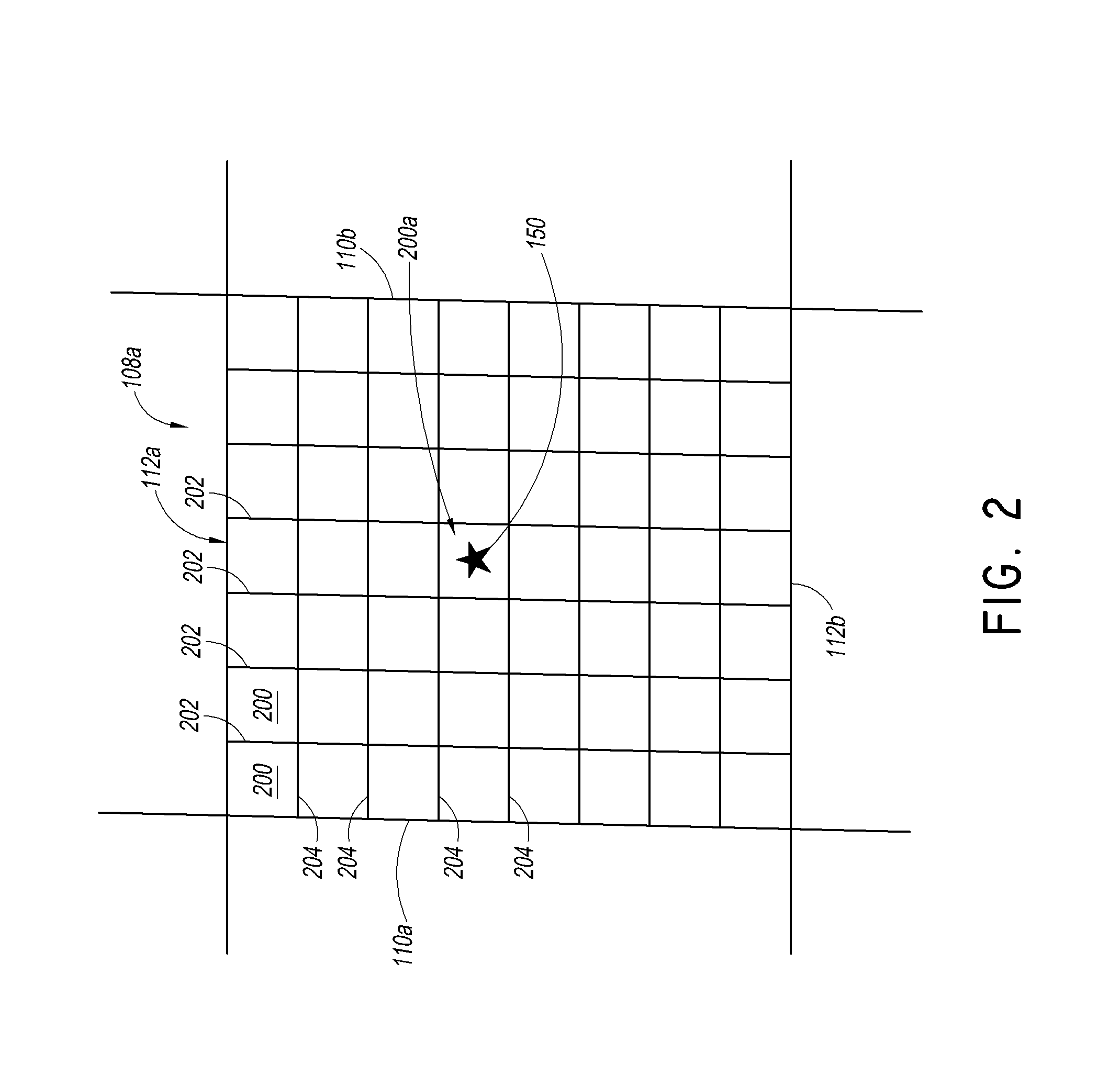Methods and systems for creating and using a location identification grid
a technology of location identification and grid, applied in the field of geographic location identification, can solve the problems of difficult reliable use, difficult use of relative locations, and several difficulties
- Summary
- Abstract
- Description
- Claims
- Application Information
AI Technical Summary
Benefits of technology
Problems solved by technology
Method used
Image
Examples
Embodiment Construction
[0062]Some embodiments described herein relate to systems and methods for generating a location identification grid. Some embodiments relate specifically to methods of creation of the location identification grid. Some embodiments relate to methods for using the location identification grid. Some embodiments relate to new techniques and methods for identifying a location within a location identification grid. Some embodiments relate to hardware and software components that can be used in connection with the location identification grid.
[0063]In some embodiments, a geographic region can be divided into a number of smaller geographic areas. In some embodiments, each of these geographic areas can be further divided until a desired level of resolution within the grid is achieved. In some embodiments, a location can be identified by identifying one or several areas containing the location. In some embodiments, the division of these geographic areas can be divided by applying an existing ...
PUM
 Login to View More
Login to View More Abstract
Description
Claims
Application Information
 Login to View More
Login to View More - R&D
- Intellectual Property
- Life Sciences
- Materials
- Tech Scout
- Unparalleled Data Quality
- Higher Quality Content
- 60% Fewer Hallucinations
Browse by: Latest US Patents, China's latest patents, Technical Efficacy Thesaurus, Application Domain, Technology Topic, Popular Technical Reports.
© 2025 PatSnap. All rights reserved.Legal|Privacy policy|Modern Slavery Act Transparency Statement|Sitemap|About US| Contact US: help@patsnap.com



